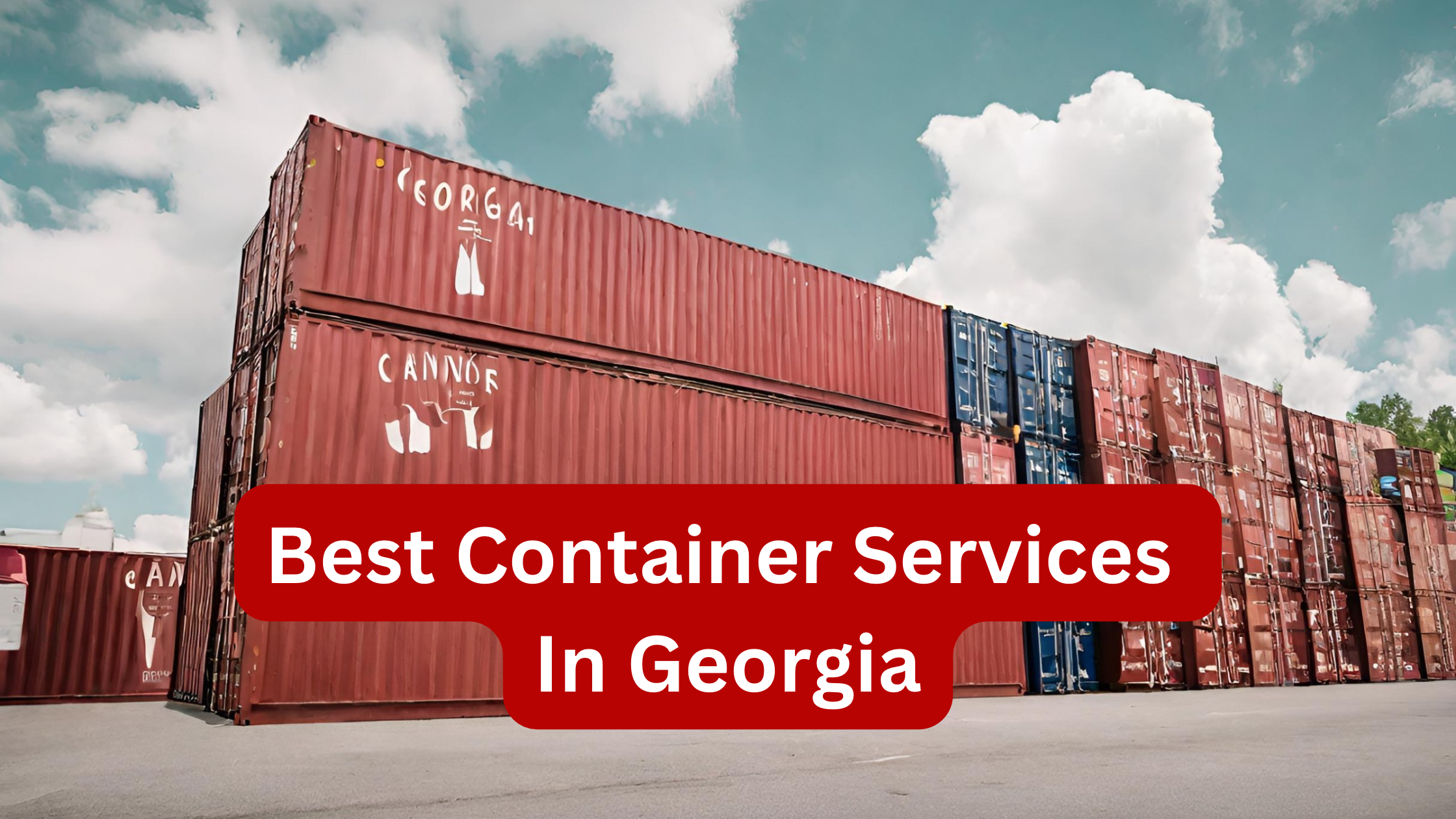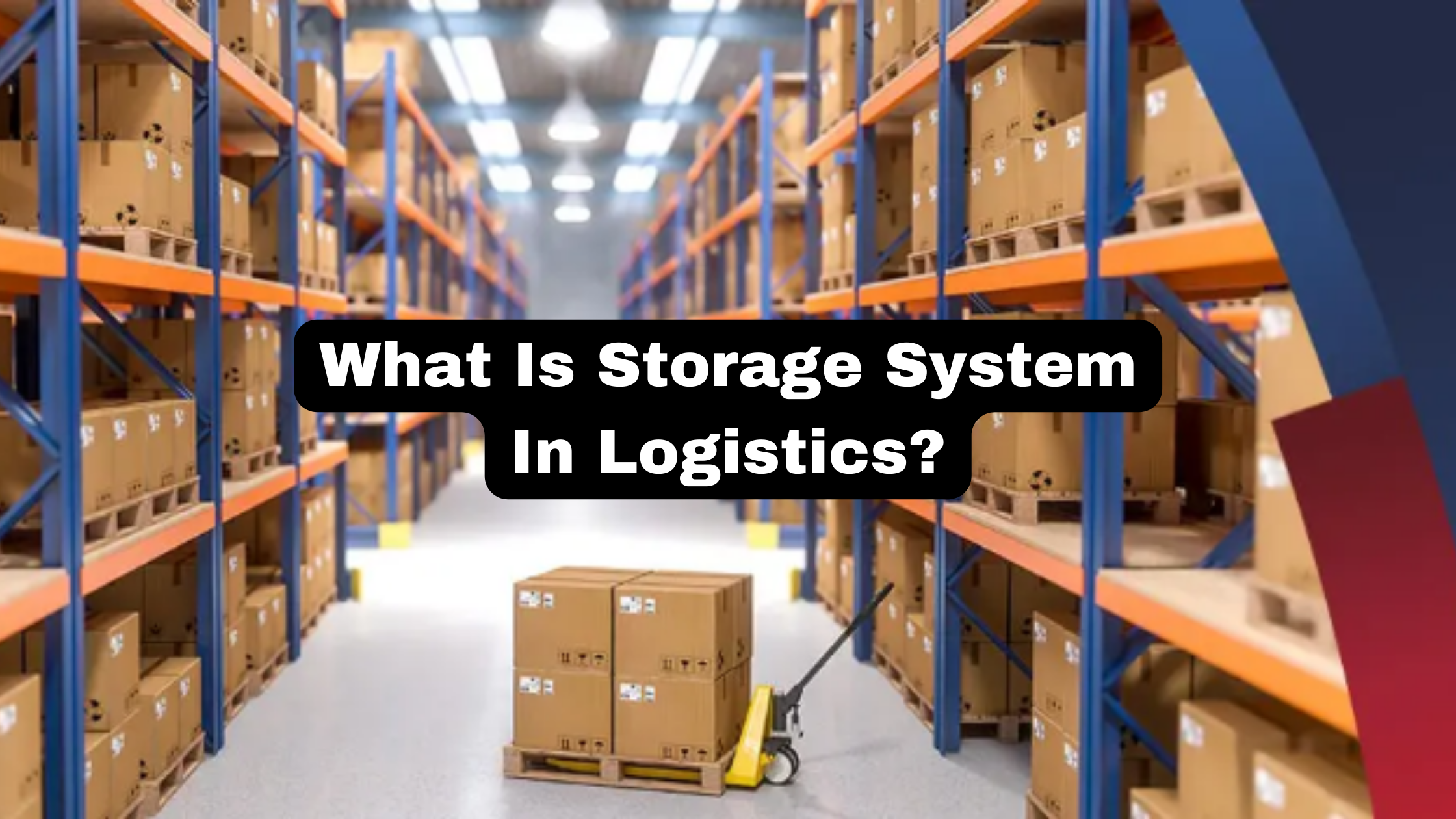There are various factors to consider especially when there are new technologies to explore and use to our advantage as well as shifting regulations that demand new strategies and tactics for compliance. In order to stay ahead and competitive, logistics companies must stay updated on emerging trends. Successful companies are those that embrace the latest trends and challenges in the logistics industry. They use the technology in an efficient way to capitalize on them.
Check out how the current emerging trends in logistics can impact your business.
Supply Chain Agility
Businesses occur faster because of the constant rollout of evolving supply chain trends and technological advances. Companies must wish to become competitive in today’s digital environment. In order to achieve supply chain agility and stay ahead of the curve, the logistics company must harness the power of self-managed onboarding, change and exception management.
These services give direct and hands-on control to businesses rather than relying on other entities to complete the tasks. If the business is self-managing the integration solution, your team can immediately start with the onboarding process. There are no backlog requests so the business can start trading with the new client in as little as a few hours.
The same applies to change and exception management. There are data discrepancies, incorrectly coded order fields, and inaccurate inventory levels that can be detrimental to any business.
With self-service change and exception management, your company can easily address the issues as they occur. Any updates to your processes can be handled internally. Your company would be at the mercy of the managed service provider to discover and fix any issues that occur in the system. Furthermore, any updates to your processes can be handled internally.
Embrace Complexity through Automation
Automation is a key resource for modern businesses that not only reduces costs but increases efficiencies. They also free up the staff to do more productive activities. The logistics company can harness the power of automation by implementing end-to-end integrations between backend ERP systems and the various e-commerce solutions that are growing in popularity.
As organizations keep on carrying out additional stages and frameworks into their business processes, there is more information than at any time in recent memory to gather. Information is very helpful while pursuing business choices. Be that as it may, the expansion in applications and/or stages additionally implies that information is spread across different areas. This expects clients to bounce between programming answers for find and incorporate information, which is a tedious and monotonous interaction. Information assortment is likewise blunder inclined since a human is physically obtaining it.
Global Labor Shortages
The global labor shortage contributes to higher costs of goods by affecting their delivery and production. To address the labor shortage, logistics providers and manufacturers turn to automation. The warehousing processes witness increasing automation and have machines that are now responsible for picking the products and initiating packing. Companies venture into driverless trucks, starting with two truck units where the first truck has a human driver while the second truck mimics the driving patterns of the first. Supply chain design solutions become crucial in maximizing resources and workforce efficiency.
Persevering Advanced Change
Start-to-finish robotization and EDI modernization can enormously build the efficiency of occasion-based work processes. At the point when occasions are planned to a mechanized work process, people are eliminated from the situation. This intends that there is no trust that a human will follow through with responsibility before the subsequent stage in the process can happen. Rather, innovation is used to rapidly and precisely play out each move toward the work process.
Coordinated factors Request Anticipating
Request determining is the method involved with assessing future client interest for an item or administration in light of information and relevant variables. Operations organizations can examine factors, for example, deals history, irregularity, the economy, market patterns, estimating, contests, and so on, to decide the anticipated request. Thusly, coordinated operations organizations can more readily plan and plan so they better oversee assets (for example representatives, materials, plans) and work all the more productively.
Specifically, request estimating can happen at various stages in the coordinated operations store network. This incorporates the pickup, transportation, and conveyance of genuine merchandise. The more precise the interest gauge is for every one of these stages, the more noteworthy an organization can enhance its tasks to fit request levels. Likewise, matching interest estimating with production network dexterity permits organizations to rapidly and effectively turn their organizations so they stay as cutthroat as could be expected.
Internet business
Online business moves quickly. LTL is profoundly proficient, permitting clients to renounce the need to fill a total transporter. All things considered, clients can submit orders at whatever point they need. Operations organizations can fulfill clients’ requests by rapidly conveying shipments without losing income because of unfilled space.
Simulated intelligence and AI
Coordinated operations organizations are additionally anxious to incorporate more man-made brainpower (simulated intelligence) and AI into the frameworks, decreasing the requirement for human hours and expanding both proficiency and all-out abilities. With the right tech apparatuses set up, business experts can rapidly assess efficiency, shipment speed, consumer loyalty, and other significant factors – and regularly self-improve to support benefits.
Final Note
These are the best trends that shape the future of the logistics industry. Overall, the logistics industries will prioritize automation, and labor shortages and strive for real-time tracking that enhances supply chain management. It is also important to embrace new technologies for manual processes, digital freight marketplaces, and autonomous vehicles that are critical for logistics leaders to remain globally competitive.








